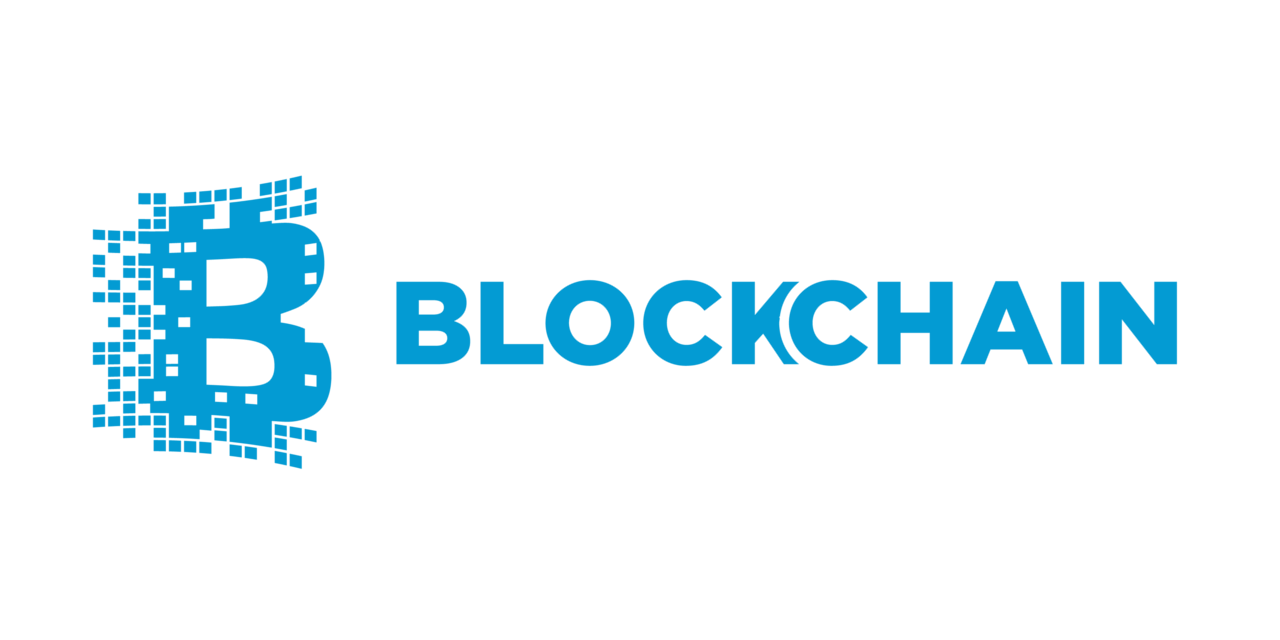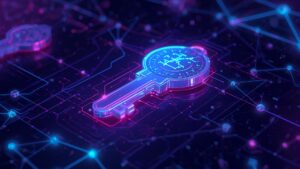Scalability, decentralization, and security remain important issues in the fast changing field of blockchain technology. Major systems like Ethereum and Bitcoin still have trade-offs between performance and decentralization even if they have achieved great advancement. Quai Network presents itself here as a new-generation blockchain system with a fresh architecture meant to address these basic problems. But what precisely Quai Network is, and why is it unique among the others? We explore in this paper Quai Network’s architecture, basic ideas, practical applications, and fit in the larger Web3 and DePIN ecosystem.
Knowing Quai Network Foundations
A distributed Layer 1 blockchain solution, Quai Network offers high throughput, security, and decentralization concurrently, therefore addressing the blockchain trilemma. Designed by Dominant Strategies, Quai Network makes advantage of a multi-threaded blockchain architecture known as the blockchain trinity and a fresh consensus technique dubbed Proof-of- Entropy-Minima (PoEM).
Unlike conventional single-chain models that get crowded under strong demand, Quai Network runs via several parallel chains, sometimes referred to as threads or subnets, that can concurrently handle transactions. This makes it a very scalable blockchain architecture since it produces much faster transaction speeds and reduced fees.
Quai’s Innovative Architecture: The Blockchain Trinity
Quai Network is unique mostly in its architectural structure, sometimes known as the trinity. Three connected tiers make up this framework: zones, regions, and threads. Every level contributes in a particular way to preserve synchronization, security, and network performance.
Handling most of transactional volume, threads are the most finely grained chains. While Zones are higher-level entities guaranteeing the synchronization of data over the whole network, Regions act as aggregators organizing several threads. This hierarchical architecture helps Quai to achieve horizontal scalability, therefore allowing the network to grow linearly as additional threads are added—just like in cloud computing.

Through real parallelism, this trinity paradigm lets Quai Network surpass several current blockchains. Quai lets each thread run semi-independently but still cryptographically synchronized with the rest of the network unlike Ethereum’s sharding or Bitcoin’s linear block generation. This produces a distributed yet unified system able to manage tens of thousands of transactions every second.
Proof-of- Entropy-Minima (PoEM) : a New Consensus Paradigm
The consensus technique of Quai Network—Proof-of- Entropy-Minima—is among its most innovative features. PoEM guarantees that block production stays distributed and fair unlike Proof-of- Work (PoW), which depends on raw computational capacity, or Proof-of- Stake (PoS), which can incentivize centralizing.
PoEM rewards miners whose block solutions have the “lowest entropy”—that is, randomness. This drives players to maximize for randomness efficiency instead of sheer hash rate, hence distributing mining. Quai is also a more sustainable choice since it greatly lowers the energy consumption as compared to conventional PoW systems.
Consistent with the basic ideas of decentralization in the blockchain ecosystem, this special consensus mechanism is meant to encourage equal participation, eliminate mining cartels, and preserve network neutrality.
Quai Network and DePIN, or distributed physical infrastructure
Quai Network is especially positioned to serve the infrastructure of the DePIN (Decentralized Physical Infrastructure Networks) movement as it gathers steam. DePIN concentrates on distributing physical infrastructure including IoT systems, cloud computing, and wireless networks. Quai’s parallel-threaded character makes it the perfect backbone for these systems since it offers the low latency and great throughput needed for real-time contacts between users and devices.
Projects in the DePIN field can be implemented on Quai to leverage its modular architecture, therefore guaranteeing their distributed services run without problems even under significant demand. Although Quai is directly competitive with other smart contract systems as Solana, Avalanche, and Cosmos due to this capacity, it also offers the advantage of actual horizontal scaling and multi-threaded consensus.
Developer Tools and Ecosystem Development
Only as strong as its development ecosystem is a strong blockchain. By providing complete development tools—including SDKs, APIs, and extensive documentation—Quai Network is aggressively building a community of creators. By use of EVM ( Ethereum Virtual Machine), compatibility with current Ethereum tools guarantees that developers may migrate or deploy new dApps with simplicity, therefore avoiding a high learning curve.
Quai’s dedication to open-source development also fosters transparency, creativity, and teamwork. More complicated distributed applications including DeFi protocols, decentralized exchanges (DEXs), and even social networks are opened by Quai Network’s facilitation of cross-chain composability and interoperability.
Tokenomics and Att incentives
The native token of Quai Network is QUAI, which drives the protocol economically. Transaction fees, staking, and mining rewards all using the currency. Quai’s tokenomics feature a major breakthrough in their multi-chain gas economy, whereby several threads have localized economies yet remain compatible.
This layout lets dynamic fee marketplaces across many network sectors and helps to reduce charge congestion. Demand for infrastructure services, network utilization, and utility in smart contracts will probably affect QUAI’s value as it gets adopted. The team has also hinted at future DAO governance systems allowing token holders to shape protocol evolution.
Real-World Applications and Cooperation Projects
Early on, Quai Network has drawn interest from IoT, gaming, banking, and telecoms among other industries. Applications needing real-time data processing and high throughput find it appropriate since it can manage challenging workloads with low latency. Regarding alliances, Quai has matched IT companies and academic institutions to forward its research and implementation. Additionally implying potential cooperation with oracles, storage networks, and identity solutions is the network’s inclusion into the larger Web3 infrastructure.
what distinguishes Quai Network?
Quai Network is fundamentally a basic infrastructure for the next generation of distributed technologies, not only another blockchain. In a field getting more crowded, its mix of scalability, sustainability, and decentralization distinguishes it. Quai tackles the restrictions that have long dogged conventional blockchain systems by bringing fresh ideas such Proof-of- Entropy-Minima and the blockchain trinity. Emphasizing user and developer accessibility as well as forward-looking architecture, Quai Network could be especially important in helping to shape the distributed internet of the future.




